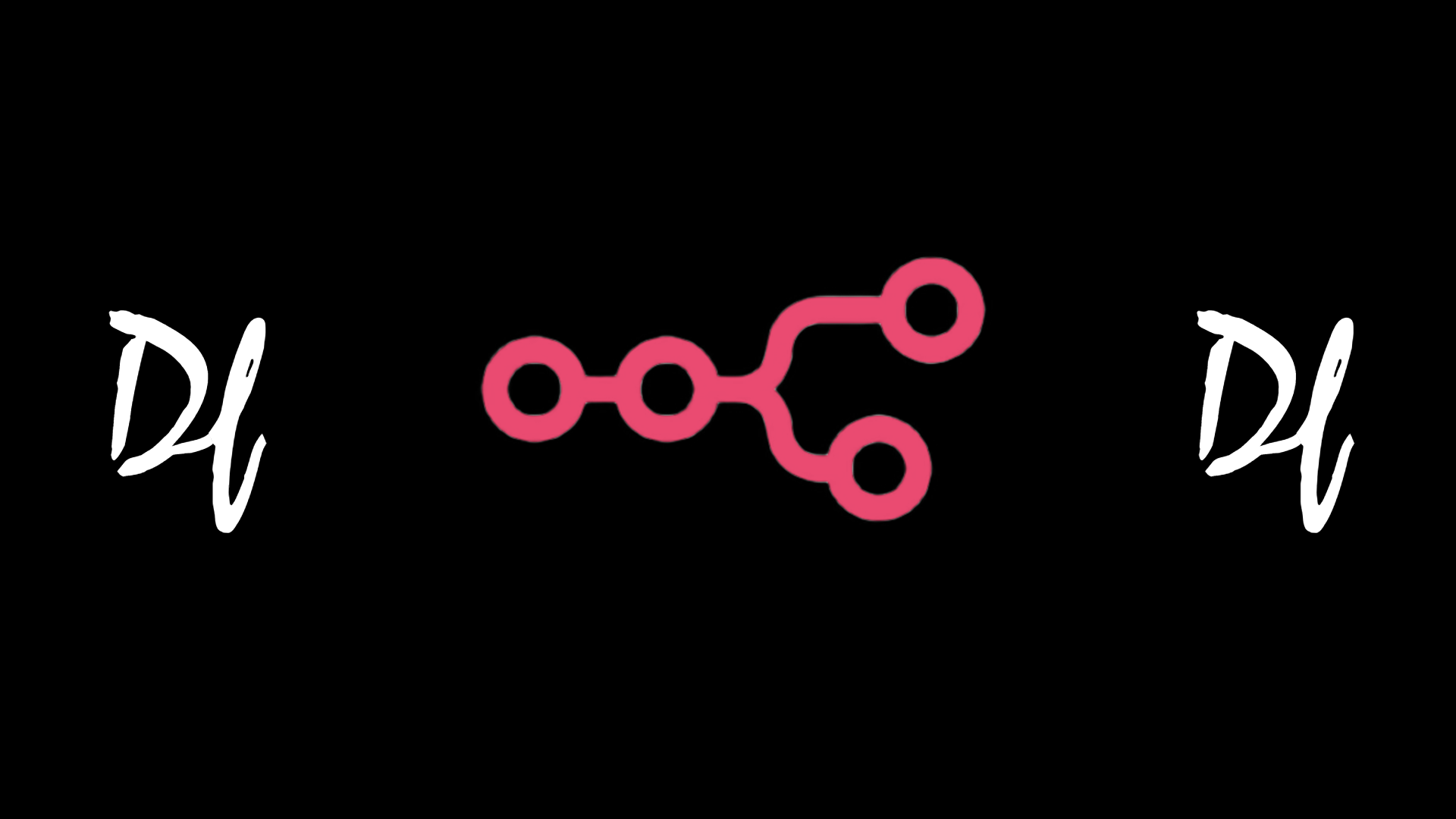Embarking on the Complex Automation Journey with n8n

Embarking on the journey of creating complex automation can seem thrilling and intimidating. However, crafting advanced automation becomes a smooth and proficient process with the right approach and tools.
An Introduction to n8n
n8n is a robust, open-source workflow automation tool that empowers users to synchronize, automate, and coordinate tasks across a multitude of applications. Representing "nodemation," n8n operates on the concept of nodes, which signify individual tasks or operations. Linking these nodes allows one to create various workflows, effectively bridging the gap between numerous services such as databases, APIs, and software applications. This makes n8n an incredibly versatile tool, equipped to handle anything from simple tasks to intricate business processes. Its intuitive interface and a vast library of pre-built nodes for various applications allow even non-coders to design and execute effective automation workflows. Moreover, the open-source nature of n8n fosters a community-driven approach, inviting users to contribute and enhance the platform constantly.
A Comprehensive 5-Step Guide to Advanced Automation
Step 1: Build a Minimum Viable Solution (MVS)
The initial step in crafting advanced automation involves developing a Minimum Viable Solution (MVS). This essentially means building the simplest possible solution to your problem. The objective isn't to create the perfect or most complex solution immediately but to understand the situation thoroughly and devise a solution that effectively tackles it.
Step 2: Identify and Address Edge Cases
Edge cases, situations occurring at extreme operating parameters, often present significant challenges in software development. Proactively addressing these potential anomalies enhances the robustness and reliability of your automation.
When dealing with edge cases, remember to take into account factors such as:
- Diverse input formats
- Potential updates that could affect your automation
- Scalability issues
- Future requests that could alter the functionality
- How empty fields are handled
Identifying and addressing these potential pitfalls beforehand can help mitigate the emergence of bugs in the future.
Step 3: Test with Mock Data
Never deploy your automation to a production environment without extensive testing, mainly if it's critical to your business. A good practice is to use mock data for testing your workflows. You can generate and manipulate fake data using resources like mockaroo[.]com or the AI model, ChatGPT.
Remember, discovering an issue during testing is a success as it means you've found a potential problem before it can cause actual harm. The key is to resolve it before rolling out your automation.
Step 4: Remove Redundancies
The primary aim of automation is to boost efficiency and productivity. Consequently, it's vital to identify and eliminate any redundancies in your workflows. For instance, ask yourself:
- Are any actions being repeated?
- Are these actions already included in another workflow?
- Can this part of the workflow be reused elsewhere?
Addressing these points allows you to create sub-automation that streamline your workflows, saving time and enhancing work efficiency.
Step 5: Document and Report
You might not remember the purpose or function of every part of your complex automation. Many developers tend to build workflows in isolation, which can cause issues in the long run. What if you need to onboard someone, fall ill, or leave the company?
Hence, it's crucial to document your workflows clearly and descriptively. Assign clear names to your workflows, provide general descriptions, and give specific explanations for each part of your automation.
Additionally, ensure to set up reporting for any failures. A dedicated channel (like a Slack channel named 'n8n-errors') can assist you in quickly identifying and rectifying issues.
In summary, the 5-step process for building advanced automation on n8n consists of the following:
- Building a Minimum Viable Solution (MVS)
- Identifying and addressing edge cases
- Testing with mock data
- Removing redundancies
- Documenting and reporting
Embrace this guide as a roadmap to navigate the complexities of automation, transforming daunting tasks into achievable goals.